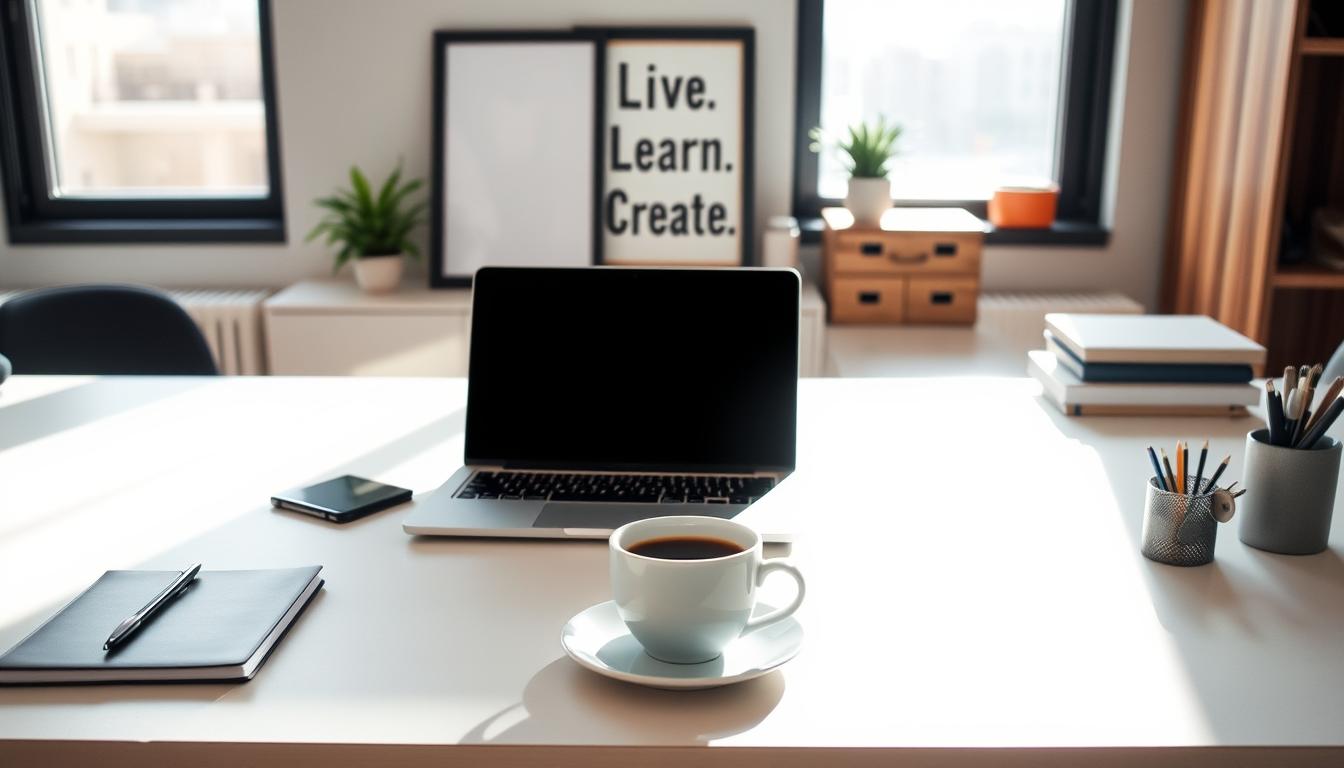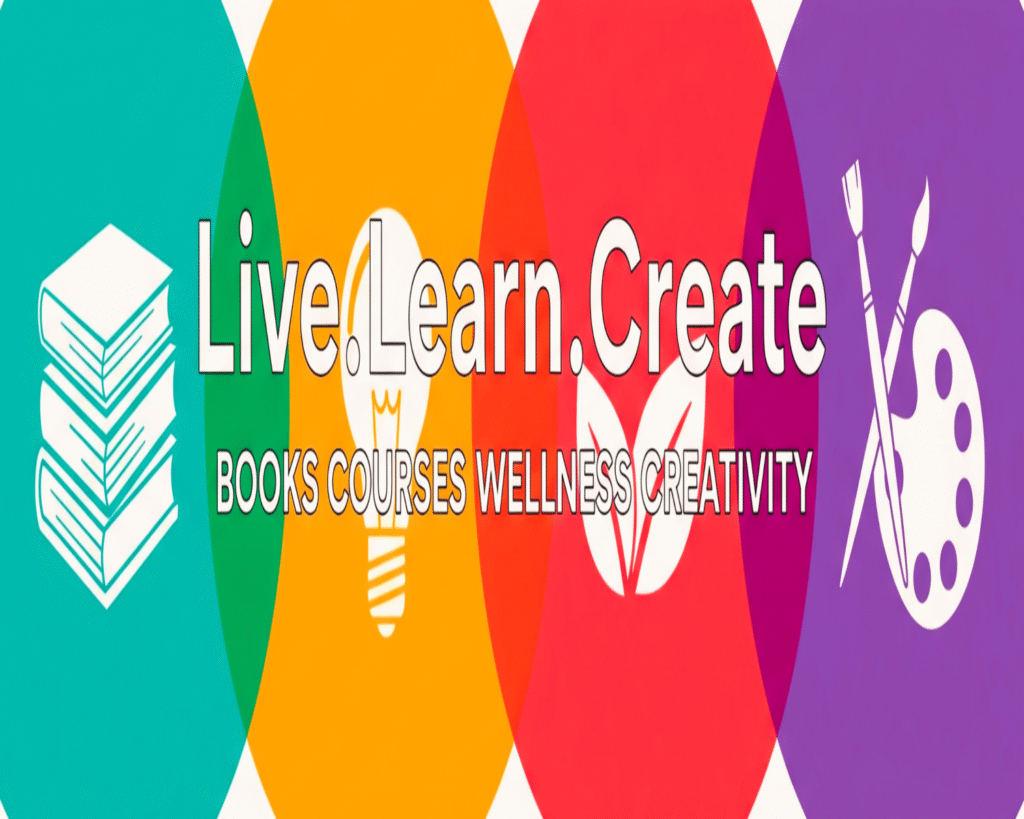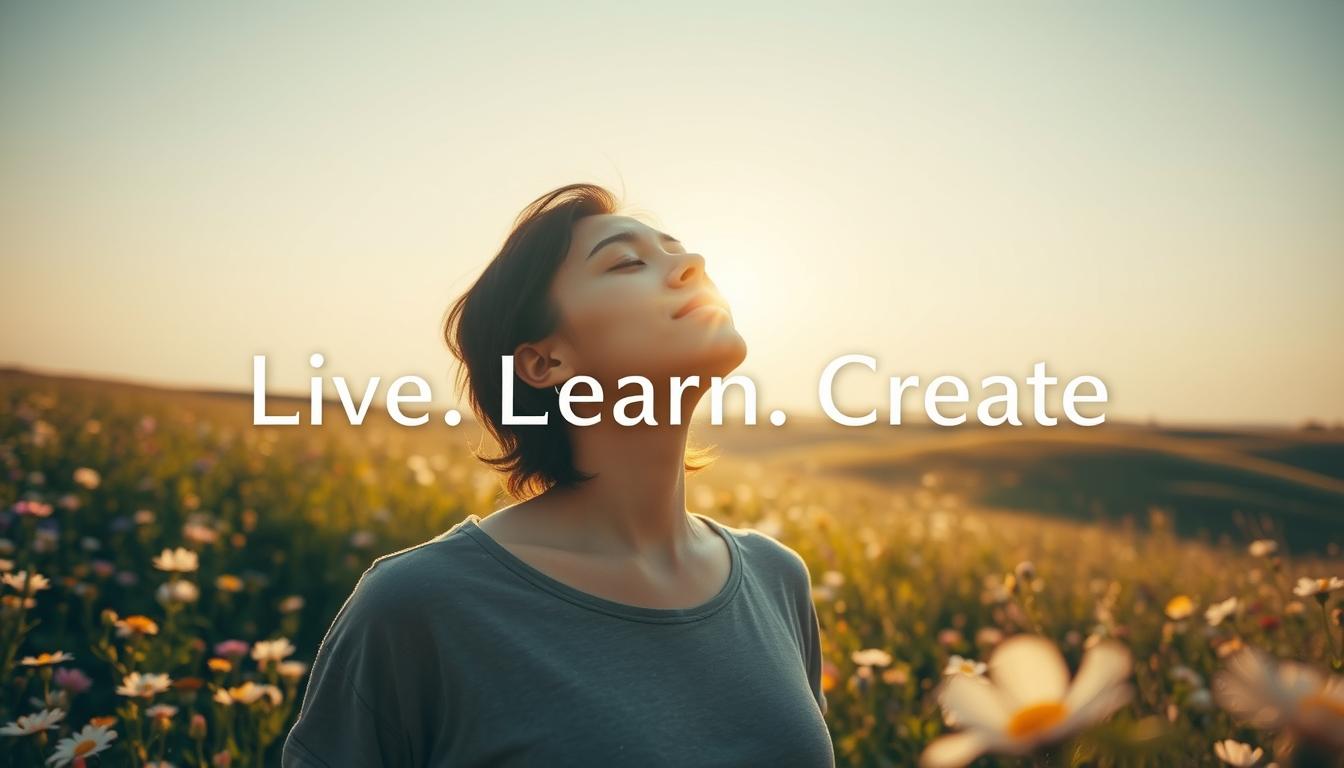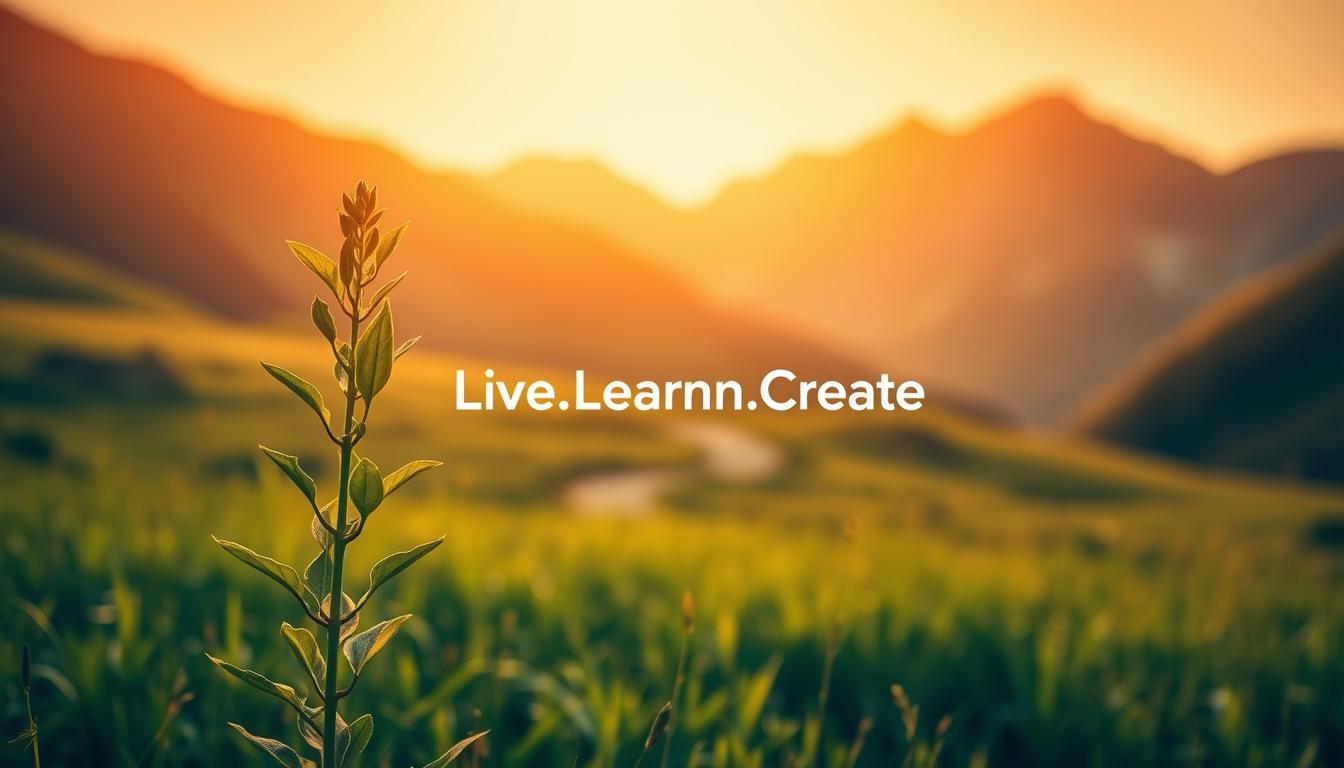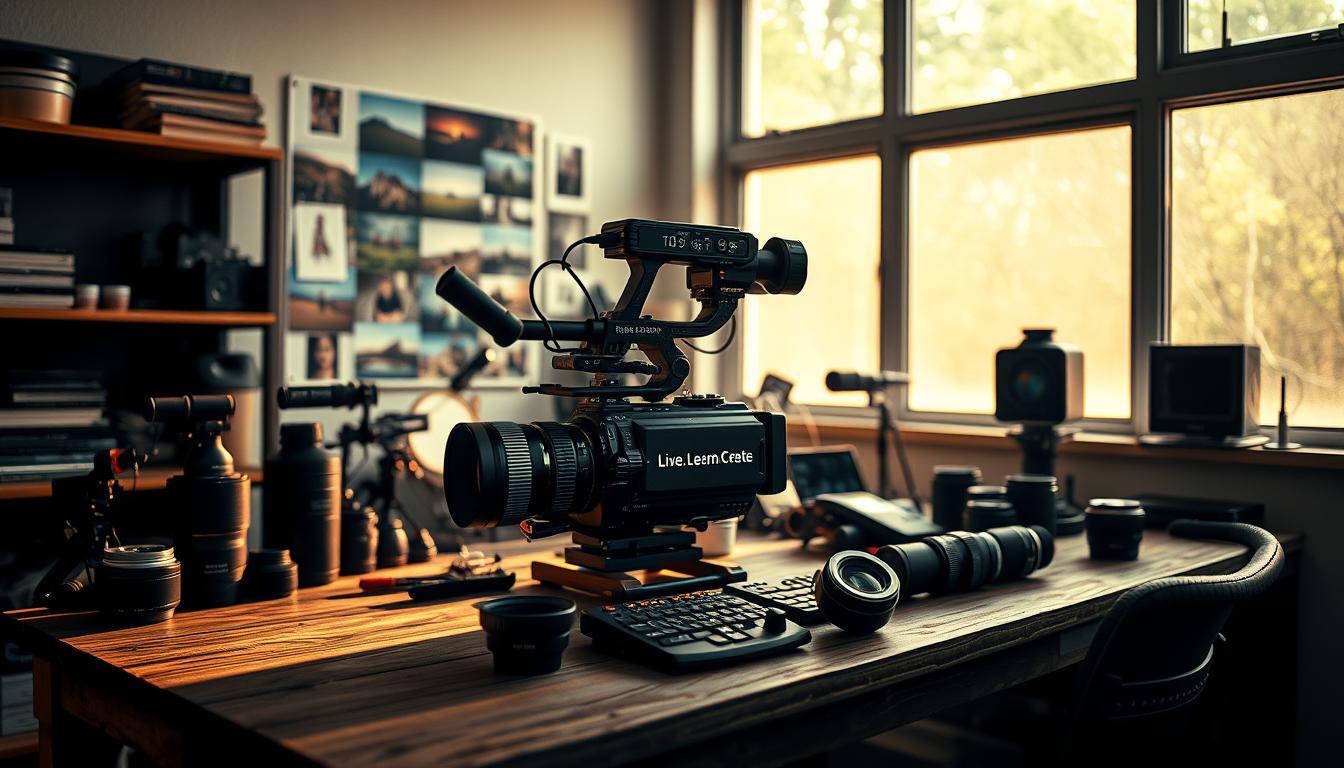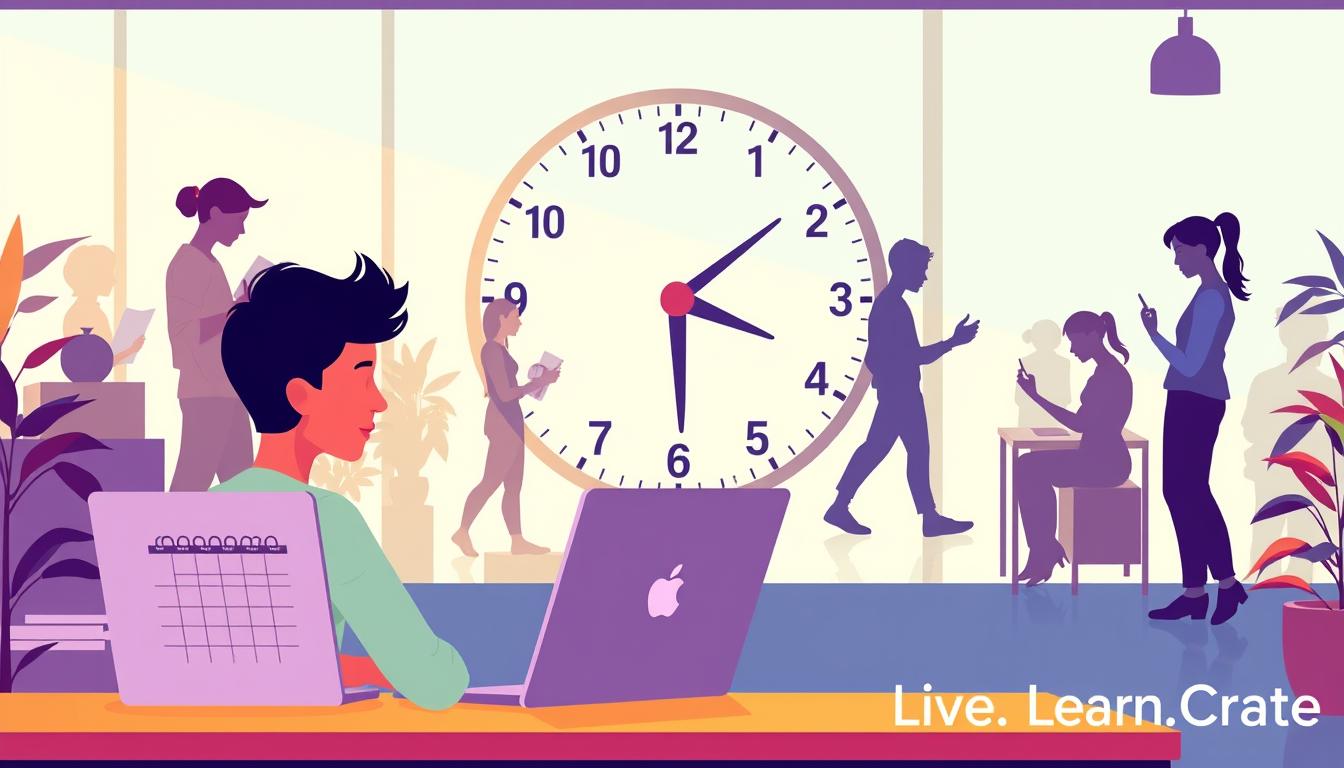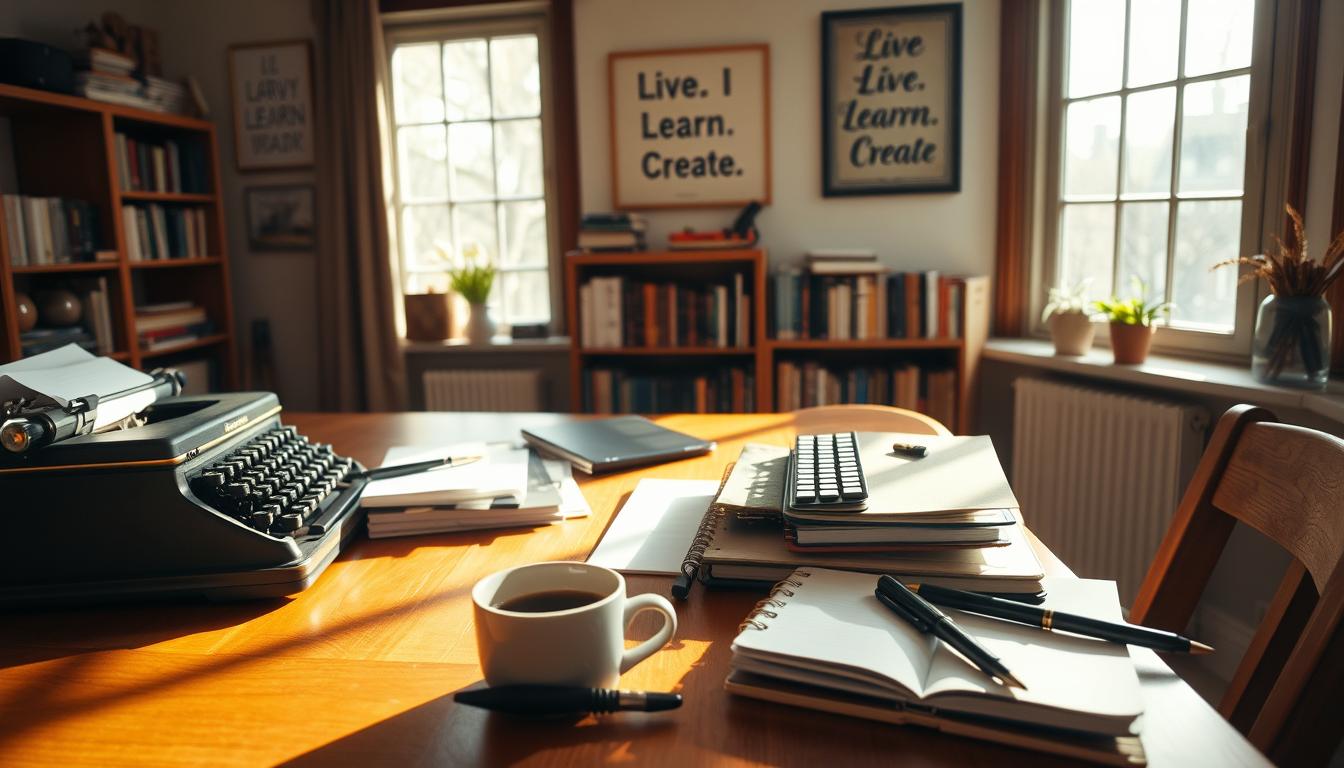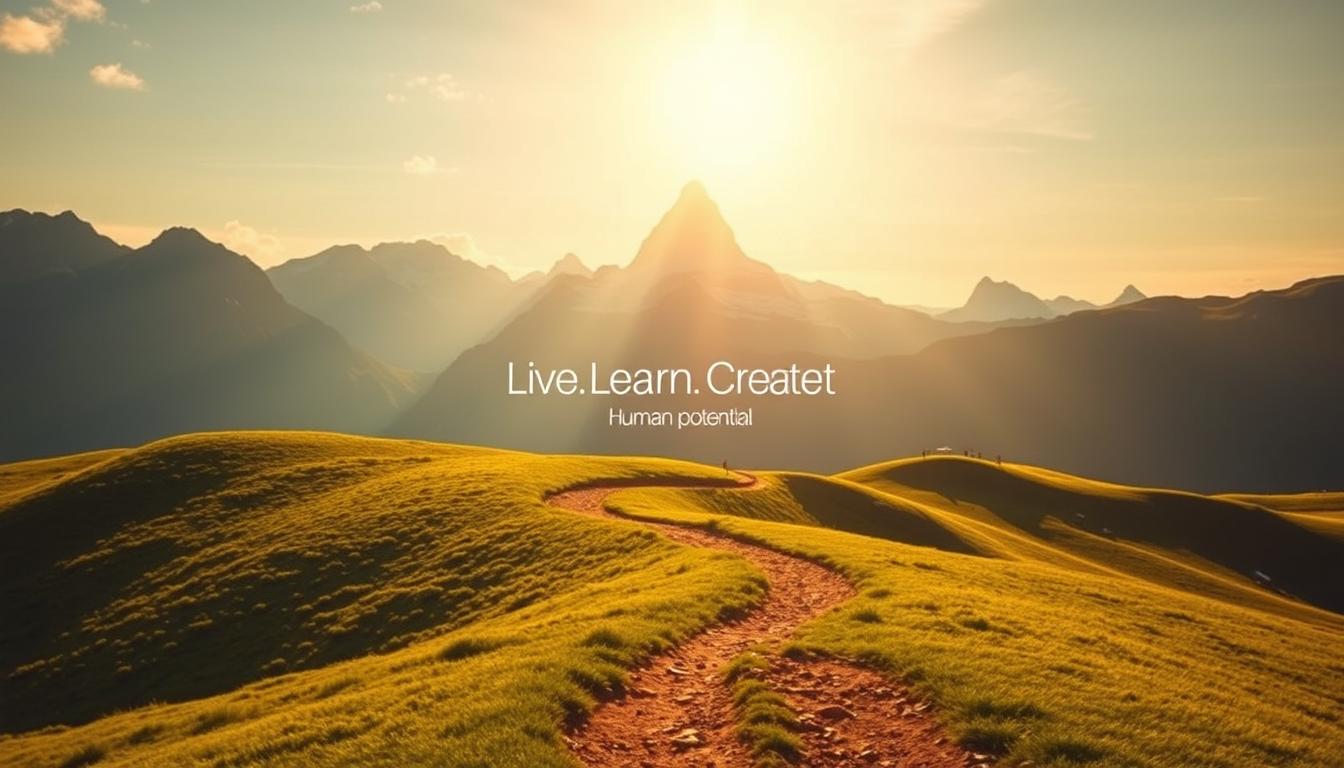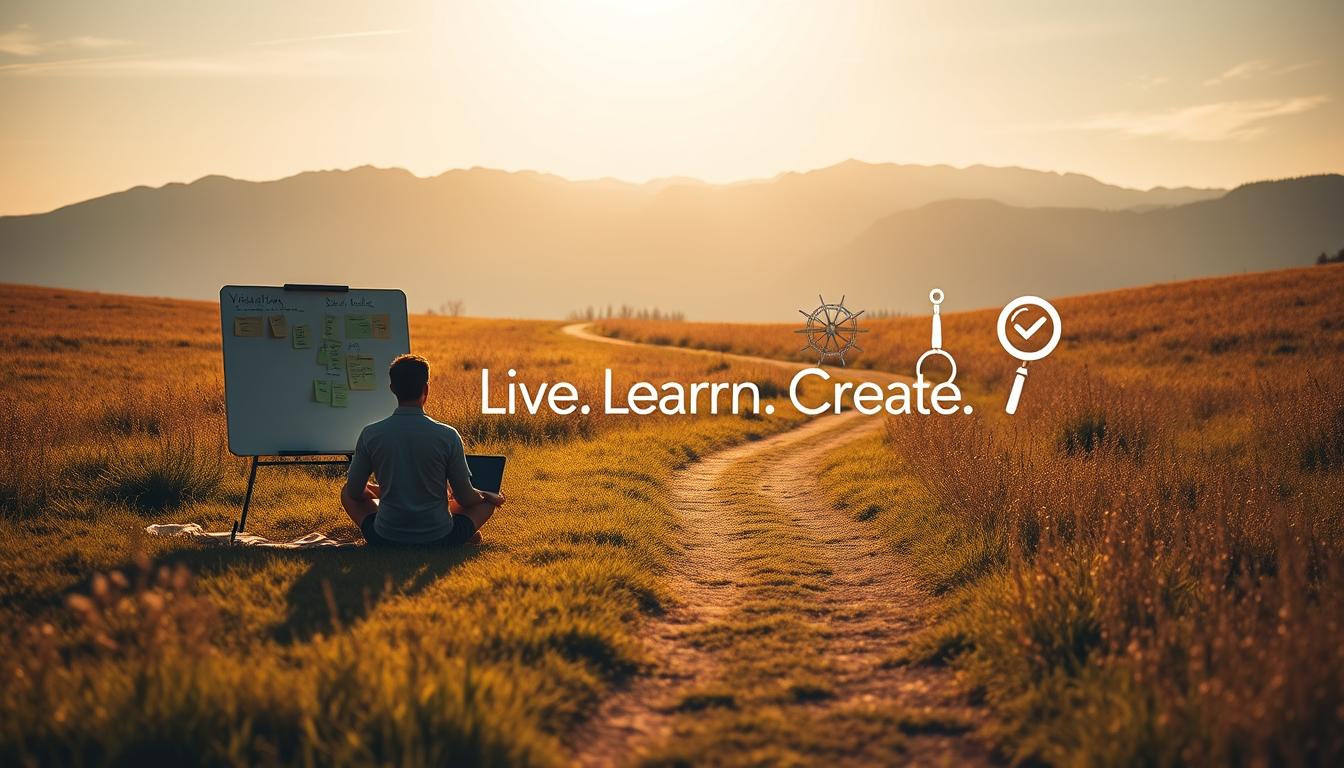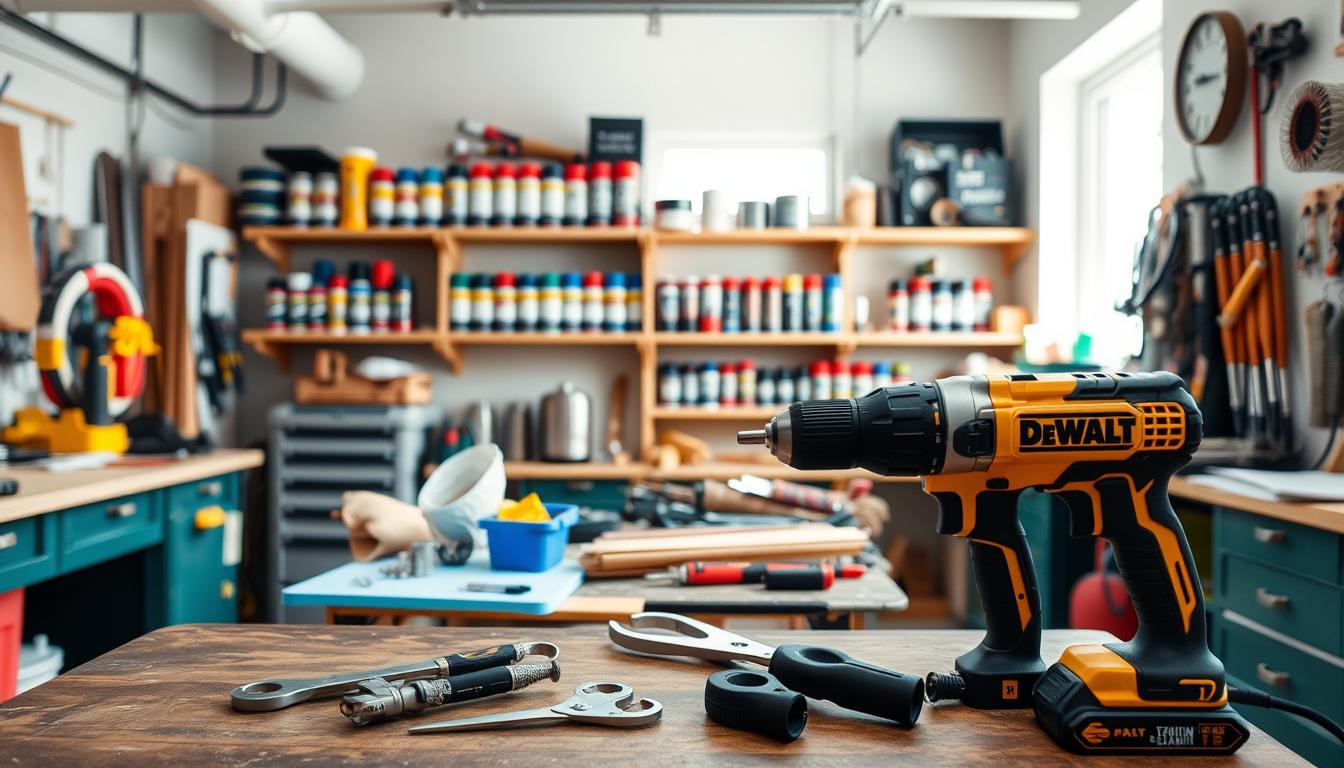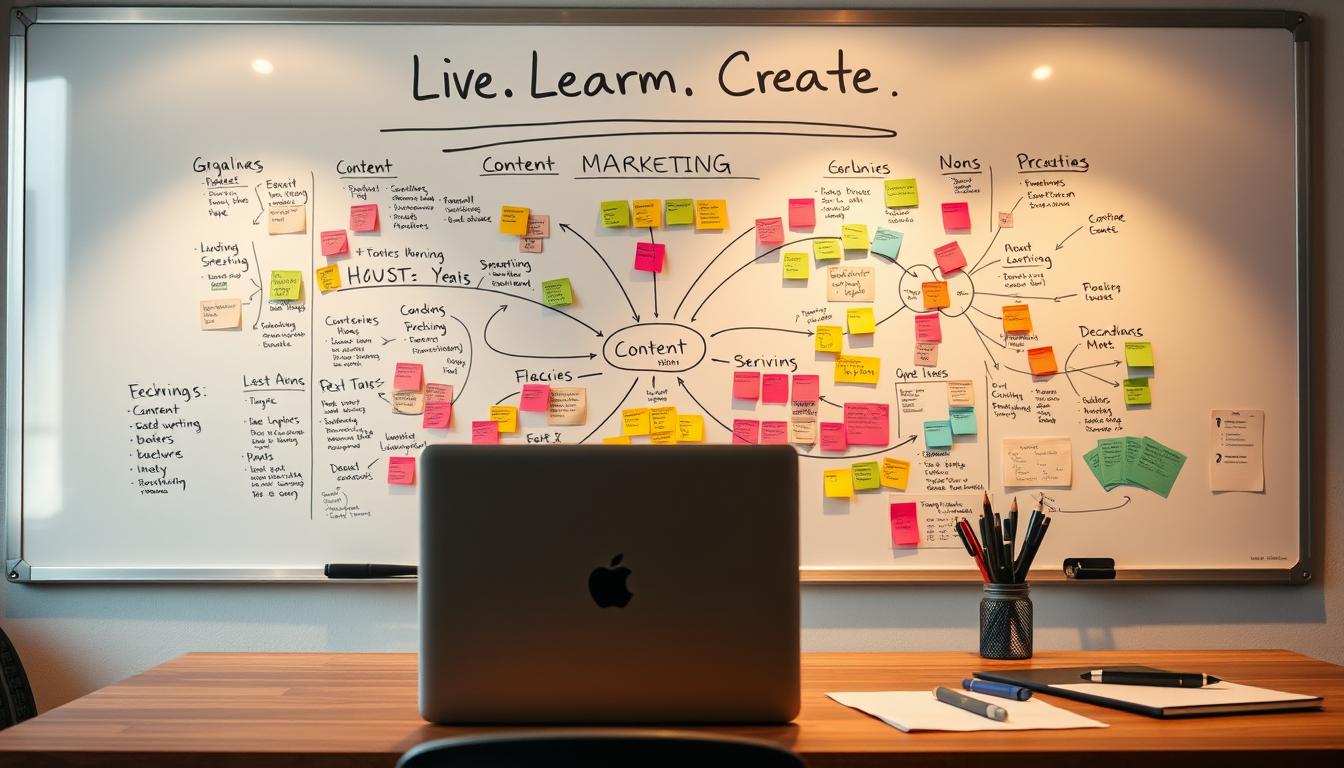“Beware the barrenness of a busy life,” Socrates once warned – a startling truth that still resonates today. What if doing more actually means achieving less?
Let me share a secret: the most effective methods often feel deceptively simple. Like that Chrysler executive who famously said lazy thinkers solve tough problems fastest. They strip away complexity instead of adding it.
You won’t find twenty-step systems here. No fancy gadgets or apps that drain your focus. Just honest, tested approaches that fit real lives – not Pinterest-perfect routines.
I’ve seen firsthand how small shifts create big waves. The busiest people I know? They’ve mastered the art of effortless action. They work with their natural energy rhythms, not against them.
This guide isn’t about grinding harder. It’s about uncovering your unique path to meaningful progress. We’ll explore gentle methods that help you finish each day feeling accomplished – not exhausted.
Key Takeaways
- Simple strategies often outperform complex systems
- Your natural energy patterns matter more than rigid schedules
- True efficiency feels almost effortless when done right
- Tools should simplify tasks, not complicate them
- Progress beats perfection every time
Supercharge Your Daily Planning
What if your most powerful tool for success isn’t about doing more—but planning smarter? I’ve watched countless clients transform their days by embracing one truth: clarity beats hustle. The magic happens when preparation meets intention.
Establish a Morning Routine
Your sunrise hours set the day’s rhythm. Mine involves 10 minutes of stretching and three prioritized tasks. Yours might need coffee and quiet. The key? Create consistent anchors that signal your brain: “It’s time to engage.”
Map Out Your Workday for Success
Here’s where art meets science. Track your energy patterns for three days. You’ll likely spot peaks (mine hit at 10 AM). Slot demanding tasks during these golden hours. Save routine work for lower-energy periods.
| Task Type | Best Time | Duration Tips |
|---|---|---|
| Creative Work | Morning Peak | 90-minute blocks |
| Meetings | Midday Slump | 25-minute caps |
| Admin Tasks | Afternoon Dip | Batch processing |
Leave breathing room between tasks—life happens. One client reduced overtime by 40% simply adding 15-minute buffers. Remember: your schedule serves you, not the other way around.
Harness the First Things List Strategy
Ever stared at your to-do list and felt stuck? You’re not alone. Traditional lists often leave us frozen – like writing “plan family reunion” without knowing where to start. That’s where the first things list changes everything.
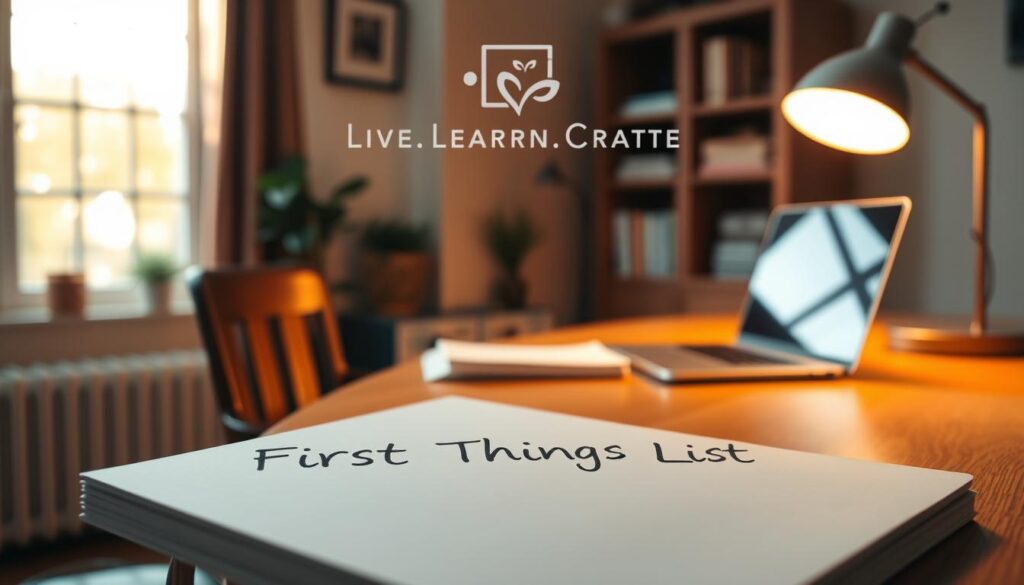
“Breakthroughs happen when we stop chasing completion and start celebrating initiation.”
Break Down Big Tasks into Manageable Steps
Here’s the secret: every overwhelming project has a starting point smaller than you think. Instead of “organize finances,” your first step becomes “find last month’s bank statement.” These micro-actions take under two minutes but create unstoppable momentum.
| Traditional List | First Things List | Result |
|---|---|---|
| “Renew passport” | “Check expiration date” | Immediate action |
| “Write report” | “Open template file” | Reduced anxiety |
| “Meal prep” | “Write 3 favorite recipes” | Clear next steps |
I’ve seen clients transform their approach using checkboxes instead of line-throughs. One teacher told me: “Checking boxes feels like earning gold stars – it keeps me hungry for the next win.”
Try this today: Take one lingering task. Ask “What’s the very first thing I can do right now?” If it takes less than 120 seconds, do it immediately. If not, break it smaller. You’ll discover how tiny sparks ignite real progress.
Write Everything Down for Total Clarity
What if your brain could focus on creating instead of remembering? I discovered this freedom when a client showed me her “mental inventory” spreadsheet—every thought neatly organized across color-coded tabs. Gone were the nights scrolling streaming platforms, trying to recall that show her friend recommended.
Here’s the truth: your mind isn’t designed to be a filing cabinet. Those floating ideas about weekend plans or work projects? They drain cognitive resources better spent on meaningful work. Try this today: grab any digital tool and create two sections—”Now” and “Later.”
I’ve seen people transform their relationship with time using simple systems. One teacher stores book recommendations beside grocery lists in her spreadsheet. A designer keeps client feedback paired with personal growth goals. The magic happens when everything lives in one trusted space.
This approach solves two modern problems: decision fatigue and forgotten brilliance. No more straining to remember where you saved that conference date or which podcast mentioned productivity hacks. Your system becomes an extension of your thinking process—always available, never judgmental.
Start small. Jot down that restaurant name you keep forgetting. Capture shower epiphanies on your phone notes. Within days, you’ll notice calmer mornings and sharper focus. As one client marveled: “I didn’t realize how much mental energy I wasted trying not to forget things.”
Your way forward? Stop treating your head as a storage unit. Let your chosen system handle the details while your creativity tackles what truly matters. That’s how we turn mental clutter into clear action—one captured thought at a time.
Ultimate “productivity tips” for Focused Work
Ever notice how a single notification can derail your entire workflow? Our brains crave immersion, yet modern environments conspire against deep concentration. Let’s craft your personal fortress of focus using smart boundaries and intentional tech choices.
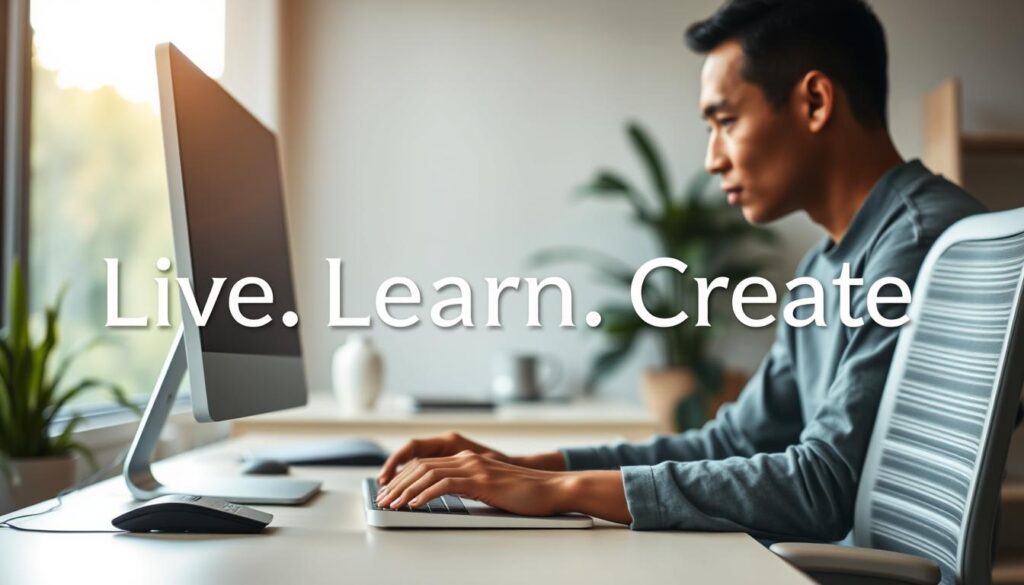
Tackle Distractions Head-On
Interruptions come in two flavors: those we invite (hello Instagram!) and those thrust upon us (meeting-happy colleagues). Neuroscience reveals our brains need 23+ minutes to regain full focus after disruptions. Try this today: sort your distractions using this simple framework.
| Distraction Type | Common Sources | Quick Solutions |
|---|---|---|
| Self-Created | Email alerts, social media | Website blockers, scheduled checks |
| External | Office noise, drop-ins | Headphones, status indicators |
I’ve seen clients regain hours using the “work-or-nothing” rule. During focus blocks, choose between your task or literal stillness. No emails. No web browsing. Just your project or quiet reflection. It trains your mind to value deep work.
Embrace Technology Wisely
Your devices can be focus allies when strategically deployed. Try these research-backed pairings:
| Tool | Purpose | Benefit |
|---|---|---|
| Focus@Will | Brainwave music | Reduces mind-wandering |
| Freedom app | Site blocking | Creates distraction-free zones |
| Phone DND | Silence alerts | Preserves mental space |
A designer friend wraps her phone in patterned paper during creative sprints. “The visual cue stops my autopilot scrolling,” she explains. Small barriers create big focus wins. Remember: protecting your attention isn’t rude – it’s how you honor your best work.
Optimize Your Energy with Attention Timetables
Did you know your focus naturally rises and falls like ocean tides? Dr. Melissa Gratias calls these ultradian rhythms – biological patterns governing our alertness throughout the day. Fighting these ebbs often leads to frustration, while flowing with them unlocks surprising performance.
I’ve watched clients transform their workdays by embracing one truth: your best hours aren’t negotiable. They’re written into your DNA. The magic happens when we stop overriding these natural cycles and start aligning tasks with our inner clock.
Discover Your Cognitive Sweet Spots
Try this gentle experiment: for three days, note your energy levels each hour. Use simple symbols – a sunburst for “in the zone” moments, a cloud for sluggish times. Patterns will emerge revealing your unique biological wisdom.
One marketing director discovered her golden hours weren’t mornings at all. “My brain lights up around 2 PM,” she shared. By rescheduling creative work to those times, she cut project deadlines by 30% without extra effort.
Here’s what to do with your findings:
- Guard peak hours like precious gems – no meetings or emails allowed
- Pair routine tasks with natural energy dips (think filing during post-lunch slump)
- Accept that some days your rhythm might shift – that’s normal human design
Remember, this isn’t about rigid scheduling. It’s about creating attention timetables that honor how you actually function. When you match tasks to your brain’s natural peaks, work feels almost effortless – like catching the perfect wave.
Experiment with the Pomodoro and Progressive Methods
What happens when rigid time blocks clash with your natural focus rhythms? The traditional Pomodoro method offers structure – 25-minute sprints followed by 5-minute pauses. But what if your creative zone arrives mid-session? Or morning fog makes even 10 minutes feel daunting?
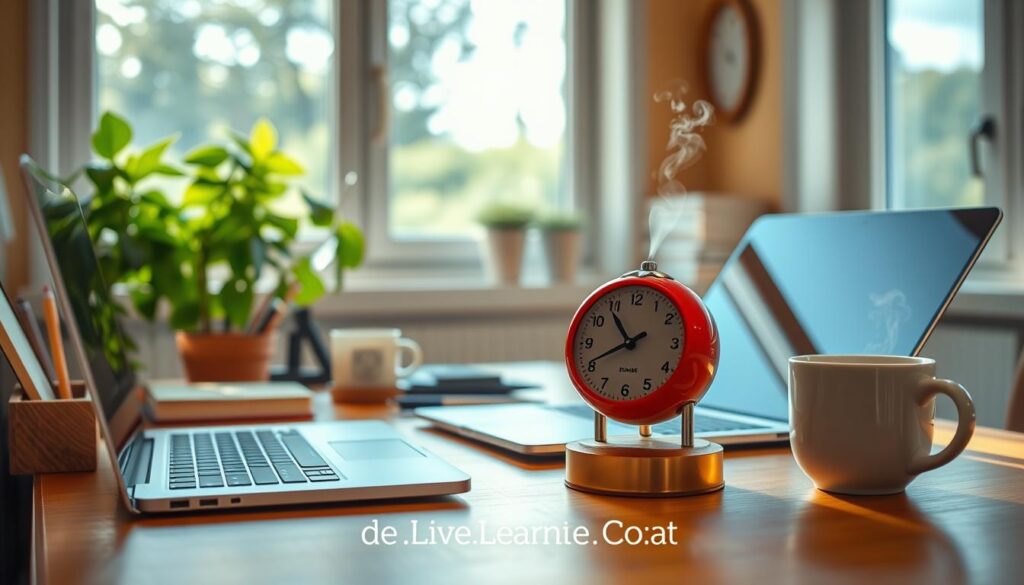
Gradually Extend Your Work Blocks
Here’s a game-changer: progressive sessions that flex with your mental state. Start with bite-sized 5-minute efforts. If focus sticks, keep going. If not, pause without guilt. YouTube strategist Mike Rapadas found this approach helps people ride their concentration waves naturally. Over time, many extend sessions to 30+ minutes effortlessly.
| Traditional | Progressive | Benefit |
|---|---|---|
| Fixed 25-minute blocks | Adjustable duration | Reduces resistance |
| Rigid schedule | Fluid rhythm | Honors energy shifts |
| Guilt over pauses | Celebrates micro-wins | Builds confidence |
Integrate Effective Short Breaks
True restoration happens when breaks involve zero screens. Try this sequence: 1) Stand and stretch upward for 20 seconds 2) Focus on distant objects for eye relief 3) Drink water. These 2-minute resets refresh mind and body better than social media scrolls.
Research from Baylor University reveals proper pauses boost accuracy by 13%. One graphic designer told me: “Walking to my window during intervals helps ideas flow like magic.” Your turn – let work and rest become partners, not rivals.
Prioritize Effectively Using Matrix Techniques
Ever feel like your daily goals vanish under endless demands? The solution lies not in working faster, but in choosing what truly moves the needle. Let’s explore two gentle approaches that transform overwhelm into clarity.
Leverage the Eisenhower Matrix
This timeless tool helps separate “must-dos” from “maybe-laters”. Draw four boxes labeled Urgent/Important. Tasks in the top-left quadrant become your non-negotiables. One client told me: “Suddenly, answering emails felt less crucial than finishing my proposal.”
Try the 1-3-5 rule alongside this method. Choose one big goal, three medium tasks, and five quick actions each day. It creates balance without burnout – like having a compass for your workday.
Maintain a Record of Non-Zero Days
Progress isn’t about perfection. The Reddit-born “non-zero day” philosophy celebrates small wins. Did you stretch for five minutes? Write one email? That counts. Track these micro-achievements to build unstoppable momentum.
Keep a simple journal by your keyboard. Each evening, note three completed tasks – no matter how small. Over time, these entries reveal patterns in what truly matters. As one teacher shared: “Seeing ‘called Mom’ beside ‘graded papers’ reminded me life isn’t just about checklists.”
Your path forward? Ditch the marathon task lists. Embrace focused intention. When you align daily actions with meaningful goals, progress becomes inevitable – not exhausting.
FAQ
How can morning routines improve my workday flow?
Starting with intentional habits like hydration, light movement, and reviewing priorities helps align your body clock with mental focus. We recommend spending 10 minutes visualizing your day’s key objectives before checking devices.
What’s the best way to handle overwhelming projects?
Break tasks into “bite-sized” steps using tools like Trello or Notion. For example, instead of “write report,” create micro-actions: “outline section 1,” “gather research links,” “draft intro paragraph.” This reduces mental friction and builds momentum.
Why does writing down tasks boost efficiency?
Studies show we forget 40% of new information within 24 hours. Capturing thoughts in apps like Google Keep or physical notebooks clears mental clutter, letting your brain focus on execution rather than recall.
How do I manage constant digital interruptions?
Try Focus@Will’s science-backed music streams or set Slack to “Do Not Disturb” during deep work blocks. Physical post-it reminders like “Is this urgent?” near your screen can help pause reactive scrolling habits.
Can timing really affect my performance levels?
Absolutely. Track your energy patterns for 3 days using Toggl Track. Most people experience peak concentration between 9-11 AM – guard these hours for critical thinking tasks, leaving routine emails for lower-energy periods.
What’s the benefit of short breaks during work blocks?
Neuroscientists recommend 5-7 minute breaks every 25-90 minutes to reset attention. Try the “20-20-20 rule”: every 20 minutes, look 20 feet away for 20 seconds. This reduces eye strain and refreshes neural pathways.
How does the Eisenhower Matrix help with priorities?
This method from former U.S. President Eisenhower sorts tasks by urgency/importance. Apps like Todoist let you categorize items into “Do Now,” “Schedule,” “Delegate,” or “Delete” – preventing less critical tasks from hijacking your focus.
Transform your home into a more peaceful and mindful sanctuary. Creating a Zen-inspired home environment is a core part of the “Live.Learn.Create” theme, focusing on peace, mindfulness, and a clutter-free space. Here is a curated list of Zen home items.
The Zen Essentials
These items are the building blocks of a calm, intentional living space.
- Candles & Scents:
- Scented Candles: Look for calming, natural scents like sandalwood, lavender, white tea, or bergamot. Choose candles made with soy or beeswax for a clean burn.
- Essential Oil Diffusers: A minimalist, sleek diffuser made of bamboo, ceramic, or glass.
- Essential Oil Sets: Look for blends specifically for relaxation, focus, or sleep.
- Incense & Burners: Natural incense sticks (e.g., palo santo, sage) with a simple, elegant burner.
The Zen Decor
This is about incorporating natural elements and simple design.
- Natural Materials:
- Wood or Bamboo Trays: For organizing candles, stones, or other small items.
- Ceramic Vases: Simple, unglazed ceramic vases in neutral colors like white, beige, or gray.
- Minimalist Art: Simple line drawings, abstract prints, or nature-inspired artwork.
- Hand-Carved Stone Coasters: Or other small stone sculptures.
- Textiles:
- Linen or Cotton Throws: A soft, neutral-colored throw blanket to add warmth.
- Jute or Sisal Rugs: These add natural texture and grounding to a space.
- Meditation Cushions (Zafu) & Mats (Zabuton): These provide comfort for meditation and add a serene touch to a room.
The Zen Ambiance
These items help create a peaceful sensory experience.
- Lighting:
- Himalayan Salt Lamps: These provide a warm, soft glow.
- Japanese-style Paper Lanterns: For a soft, diffused light source.
- Dimmable Smart Bulbs: To easily control the warmth and brightness of your lighting.
- Sound:
- Tabletop Water Fountains: The gentle sound of running water is incredibly calming.
- Wind Chimes: Made from natural materials like bamboo or metal for a soft sound.
- Bluetooth Speakers: Small, aesthetically pleasing speakers for playing ambient or meditation music.
- Nature:
- Bonsai Trees or Air Plants: Low-maintenance indoor plants that bring life and a touch of nature indoors.
- Zen Gardens: A small, tabletop sand garden with a rake and stones for a meditative ritual.
- Decorative Rocks & Pebbles: For bowls or as a decorative element.
Best Sellers https://amzn.to/3Vet1tI
New Releases https://amzn.to/4mwLjTi
Amazon Movers & Shakers https://amzn.to/4fPsZlP
Mindfulness Coloring Books https://amzn.to/4fQ0wMx
Personal Growth Coloring Books https://amzn.to/4lJeRf0
Health & Wellness https://amzn.to/4oRt24C
Zen Home Decor https://amzn.to/3VeA3i6
Zen Garden Decor https://amzn.to/4mXjT8D
Zen Garden https://amzn.to/3HQTVVB
- Mindfulness & Meditation:
- Physical Wellness:
- Habit & Productivity Tools:
- Books:
- Best-selling personal development books (Mindset, The 7 Habits of Highly Effective People, The Subtle Art of Not Giving a F*ck)
- Books on a variety of skills (coding, photography, writing.)
- Educational Gadgets:
- Smart pens that digitize notes (e.g., Rocketbook)
- Portable scanners for digitizing documents
- Laptops, tablets, and accessories
Create (Creativity, Innovation, Projects)
These products cater to your creative side, whether you are a artists, writer, or DIY enthusiasts.
- Creative Supplies:
- Adult coloring books or “paint-by-sticker” books
- Craft kits (e.g., candle-making, pottery, embroidery)
- Digital Creation Tools:
- General Inspiration & Making:

